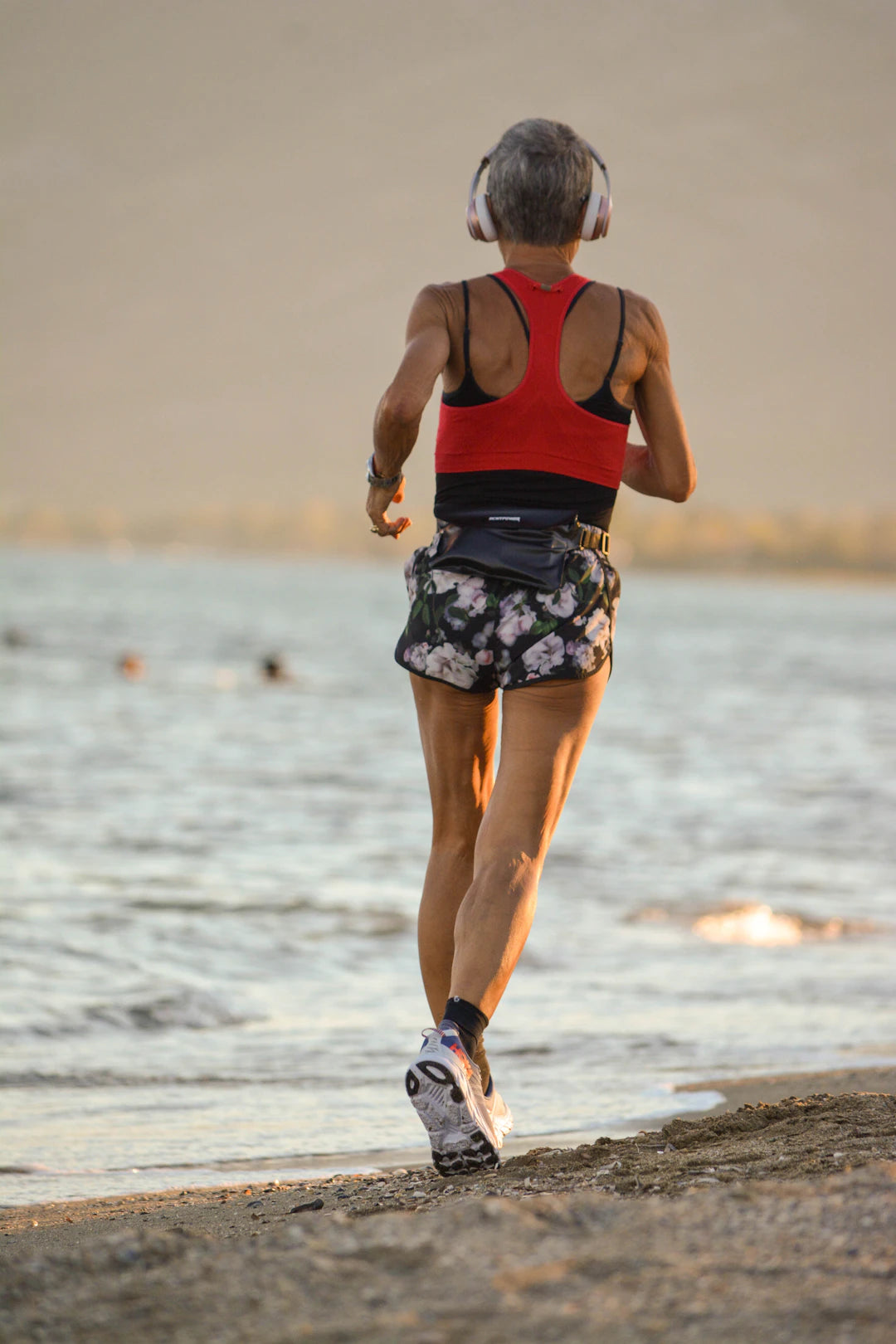
Staying Active in Your Later Years: A Friendly Guide
Share
Frequently Asked Questions
1. Why is staying active important as we get older?
2. What are some common challenges older adults face in staying active?
3. What are some suggested easy mobility routines for older adults?
4. How can nutrition support an active lifestyle for older adults?
5. What strategies can help overcome hesitations to become more active?
As we age, it’s natural to experience changes in our bodies that may lead to a more sedentary lifestyle. However, staying active is crucial for maintaining both physical and mental well-being as we grow older. This article will explore the importance of being active in our later years, offering easy mobility routines and gentle encouragement to help you stay on track.
The Benefits of Staying Active
Engaging in regular physical activity offers numerous benefits, especially for adults aged 50 and above. Some of these benefits include:
- Improved Mobility: Regular movement keeps our joints flexible and our muscles strong.
- Enhanced Balance: Staying active can significantly reduce the risk of falls.
- Better Mood: Physical activity releases endorphins, improving your overall mood and resilience against stress.
- Weight Management: Staying active helps regulate body weight, contributing to better health.
- Stronger Heart: Regular exercise can strengthen your cardiovascular system, reducing the risk of heart disease.
Common Challenges Faced by Older Adults
While the benefits of staying active are clear, it’s essential to acknowledge some common challenges that many experience during their journey:
Joint Pain
Joint pain can make it difficult to engage in physical activity. Arthritis and other conditions often impact comfort levels, leading to a reluctance to stay active. However, gentle movements can alleviate stiffness and maintain flexibility.
Balance Issues
Balance tends to decline as we age, increasing the risk of falls. Safe mobility routines can enhance stability and promote confidence while moving.
Motivation Struggles
It’s common for individuals to lose motivation as they age. Sometimes, it might be due to previous injuries or a busy lifestyle that shifts priorities. Finding enjoyable activities can reignite the desire to stay active.
Safe and Gentle Fitness Routines
It's important to choose activities tailored to your body’s needs and capabilities. Here are some easy mobility routines that can be performed safely at home:
1. Gentle Stretching
Incorporating stretching into your daily routine can improve flexibility and range of motion. Try the following routine:
- Neck Stretch: Sit or stand comfortably, gently tilt your head to one side until you feel a stretch in your neck. Hold for 15-30 seconds, and switch sides.
- Shoulder Rolls: While sitting or standing, roll your shoulders forward in a circular motion for 10 reps, then backward for another 10 reps.
- Seated Forward Bend: While sitting, reach towards your toes, keeping your back straight. Hold for 15-30 seconds.
2. Walking
Walking is one of the simplest yet most effective forms of exercise. It’s low-impact and can easily be adjusted to your own pace:
- Start Slow: Begin with 5-10 minute walks around your home or yard.
- Gradually Increase: Aim to slowly increase your walking time by a few minutes each week.
- Incorporate Friends: Walking with a friend can make the activity enjoyable and help keep you accountable.
3. Chair Exercises
If you find getting up from a seated position too challenging, try these chair exercises:
- Seated Leg Lifts: While sitting, extend one leg out straight and hold for a few seconds, then lower it. Switch legs. Aim for 10 repetitions.
- Arm Raises: Sit up straight and raise your arms above your head, then lower them. Repeat 10-15 times.
- Seated Torso Twist: Sit tall and gently twist your torso to the right, holding for a few moments, and then switch to the left side.
Healthy Lifestyle Habits to Adopt
In addition to easy mobility routines, incorporating healthy lifestyle habits can enhance your overall health:
Nutrition
Eating a balanced diet rich in fruits, vegetables, whole grains, and lean proteins is vital. These foods supply essential nutrients and promote a healthy weight. Here are some tips:
- Hydration: Drink plenty of water throughout the day. Staying hydrated is crucial for overall health.
- Portion Control: Eat smaller meals throughout the day to help manage hunger and sustain energy levels.
- Limit Processed Foods: Opt for fresh ingredients over processed options that may contain unhealthy additives.
Social Connections
Staying socially active can encourage a more vibrant lifestyle:
- Join a Group: Look for community fitness classes, walking groups, or hobby clubs.
- Connect with Family: Share your activities with younger family members to strengthen bonds and motivate each other.
- Volunteer: Participating in community service can create purpose and foster connections with others.
Overcoming Hesitations
It’s easy to feel overwhelmed as you consider incorporating more physical activity into your routine. Here are some simple strategies to overcome hesitations:
Set Realistic Goals
Start with small, realistic goals that align with your abilities. For example, aim for short walking durations or just a few minutes of stretching. Progress at your own pace, and don’t be discouraged by setbacks.
Listen to Your Body
Pay attention to how your body responds to various activities. If something doesn’t feel right, adjust accordingly. Always consult with a healthcare provider before starting a new routine, especially if you have existing health issues.
Celebrate Small Victories
Acknowledge and celebrate even the smallest progress. Whether it's walking an extra block or completing a few more repetitions of your routine, every step forward matters!
Your Path to an Active Lifestyle Awaits
Staying active in your later years is not just about preserving your physical health; it's about embracing life with enthusiasm and joy. By implementing easy mobility routines, overcoming challenges, and adopting healthy lifestyle habits, you can enhance not only your physical well-being but also your mental and emotional health. Remember, it’s never too late to begin a journey of movement, and every moment spent being active contributes to a happier life. So, tie up those shoelaces, stretch it out, and step into a world where every day is filled with possibilities!
Visit the Shopify or Wix store of a fellow user by following this link to their store. Please note that this is a promotional link, and we are not responsible for the content of the linked store.
